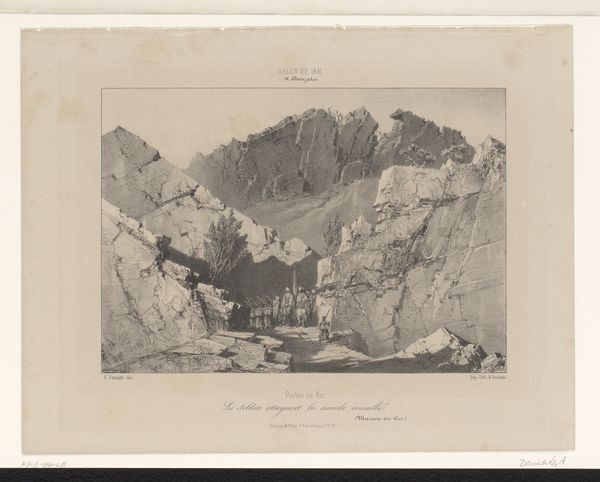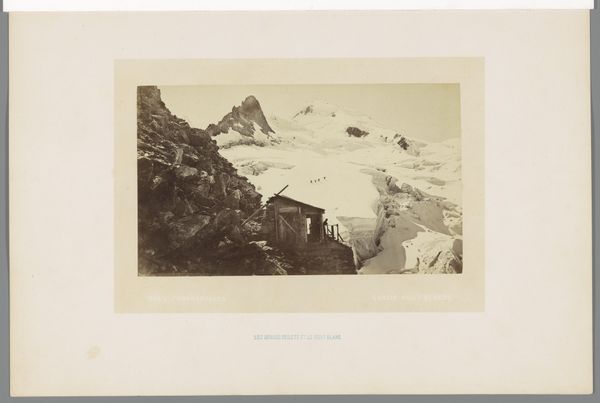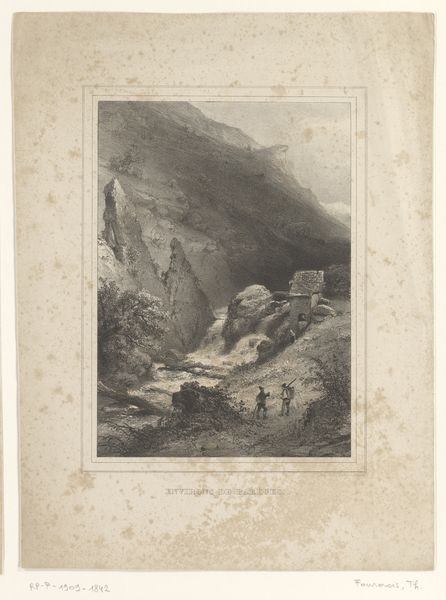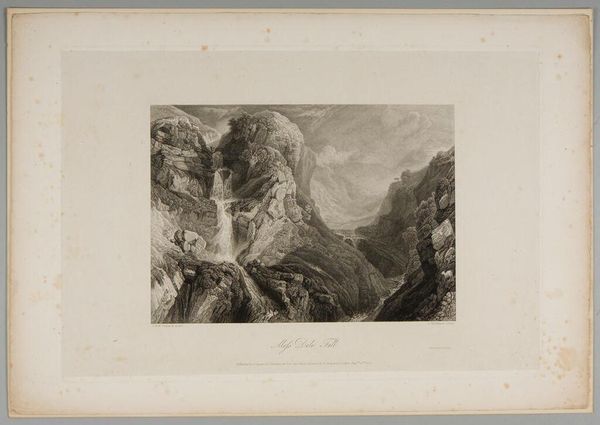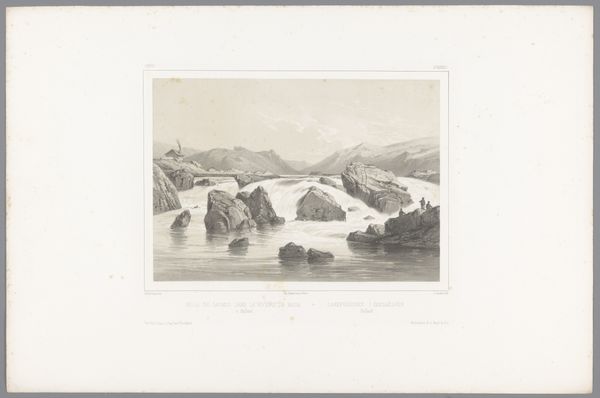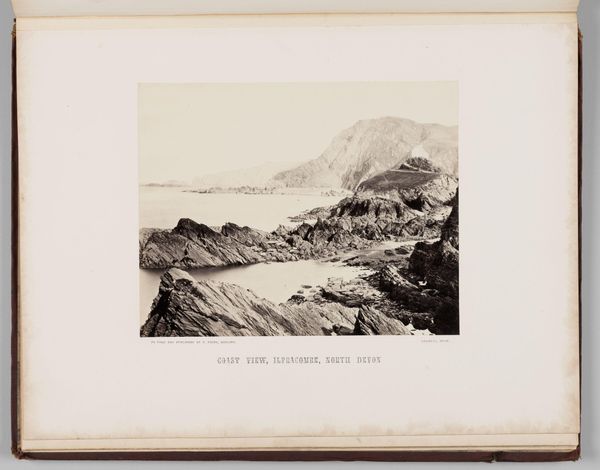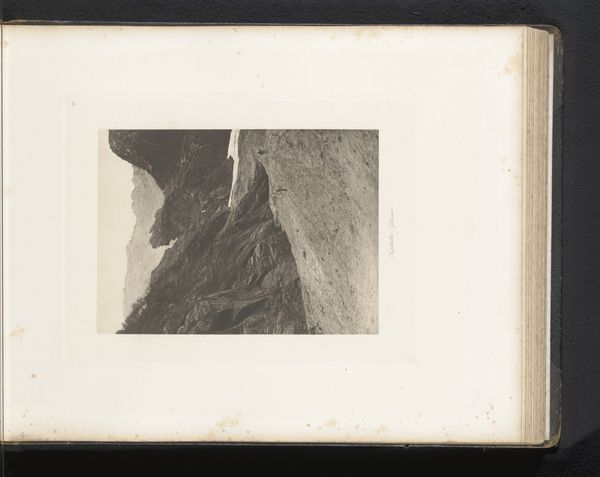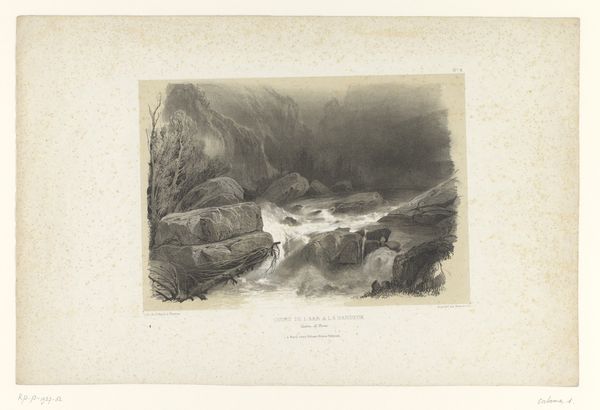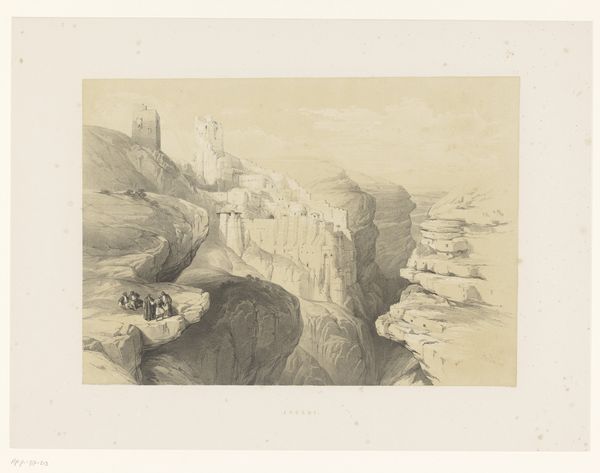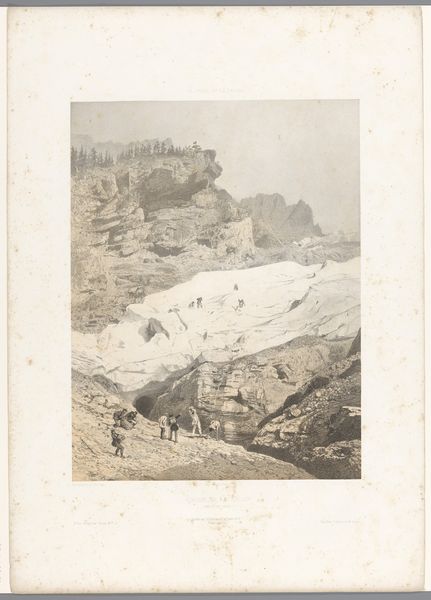![Foto van Alpen, vanuit een besneeuwde bergtop, Zwitserland [?], Duitsland [?], Italië [?] by Romedo Guler](/_next/image?url=https%3A%2F%2Fd2w8kbdekdi1gv.cloudfront.net%2FeyJidWNrZXQiOiAiYXJ0ZXJhLWltYWdlcy1idWNrZXQiLCAia2V5IjogImFydHdvcmtzL2U2YTBmMjYwLWI5ZmQtNDc5Yi04YWQyLWExMDY0NjA4ZDMwNi9lNmEwZjI2MC1iOWZkLTQ3OWItOGFkMi1hMTA2NDYwOGQzMDZfZnVsbC5qcGciLCAiZWRpdHMiOiB7InJlc2l6ZSI6IHsid2lkdGgiOiAxOTIwLCAiaGVpZ2h0IjogMTkyMCwgImZpdCI6ICJpbnNpZGUifX19&w=3840&q=75)
Foto van Alpen, vanuit een besneeuwde bergtop, Zwitserland [?], Duitsland [?], Italië [?] after 1870
0:00
0:00
photography
#
landscape
#
photography
#
realism
Dimensions: height 197 mm, width 248 mm, height 296 mm, width 363 mm
Copyright: Rijks Museum: Open Domain
Curator: What strikes you immediately about this early landscape photograph? It's titled "Foto van Alpen, vanuit een besneeuwde bergtop," dating from after 1870 and attributed to Romedo Guler. Editor: Well, first, there's this sense of vastness undermined by a certain… fragility. The huge cracks in the foreground suggest immense pressure and the power of natural processes, but it's also snow, you know? Ice. Impermanent. Curator: Exactly. And the question becomes, impermanent for whom? Think about the burgeoning tourism industry in the late 19th century, catering to a wealthy, primarily white, European and American clientele. These kinds of images fueled desires and narratives of exploration, colonial expansion and resource extraction under the banner of progress. Editor: It’s fascinating when you consider it was realized using photography at such an early stage of its development. The sheer labor that goes into taking a picture like this, particularly back then! Transporting heavy equipment, battling the elements... It speaks volumes about our evolving relationship to landscape, this conquering of the environment through technology. Curator: Consider how the heroic narrative, almost exclusively male, pervades descriptions of this period. This image visually reinforces such narratives, associating rugged masculinity with domination over nature. What does this idealized conquest tell us about class and power structures of the time? Editor: Absolutely. You have to think about the photographic materials, too. The collodion process, the paper, the silver… These raw materials were harvested, processed, traded, all driven by global economic forces that simultaneously facilitated and profited from this aesthetic endeavor. Curator: Furthermore, notice the stark contrast between the crisp focus on the foreground crevices and the softer, almost dreamlike quality of the distant peaks. It invites contemplation on themes of risk and reward. The sublime beauty obscures the environmental impacts that were not yet widely understood. Editor: Precisely, framing our understanding not just of aesthetic intention, but as an artifact of consumption. Thanks for bringing it into a historical and cultural scope. Curator: And thank you, too, for highlighting the processes and historical materials! Considering its time, the picture has given me food for thought, and really brings to life these sorts of complicated considerations of material culture and ideology in the modern era.
Comments
No comments
Be the first to comment and join the conversation on the ultimate creative platform.
